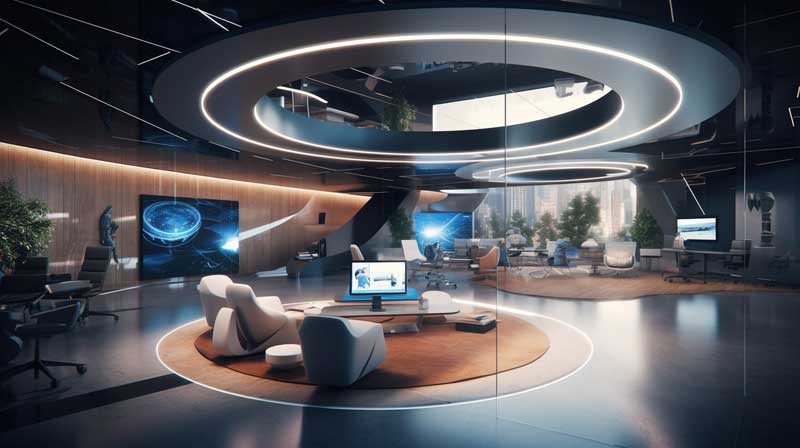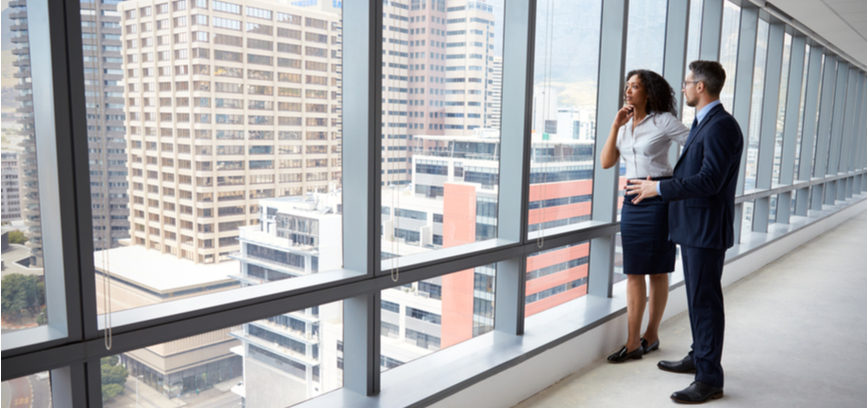Why it’s important to engage your employees in workplace design
Considering that a person spends over 13 years of their life at work, it’s unsurprising that workplace design plays a key role in people’s happiness, satisfaction, health and wellbeing.
The routines, habits, and daily ebb and flow that your workspace enables are significant and perhaps more life-altering than you might think. This is why your office space needs to be about more than just ‘the work’, and also about creating a space where you are able to express your fullest self.
With all this at stake, it seems like engaging staff in the design of the workplace would be both obvious and simple to do. We know that when people have options and choices about how, where and when they work, they feel empowered and engaged. Which lends even further weight to the theory that engaging your whole business in your workplace design is singularly powerful.
Yet in many projects, a lack of buy-in from employees will result in project failure and a workspace which hampers satisfaction, efficiency and productivity instead of supporting it. On the other hand, a Steelcase survey linked employee-driven workplace design with increased productivity and high levels of employee engagement and satisfaction.
The survey found that it was not just involvement in the design of the physical workspace that kept employees content, it was also providing input on their working style—work schedules, privacy, processes and business decision-making.
So, how can you ensure your entire business, every employee, is engaged with your workplace design?
- Start by educating them on the benefits of engagement with workplace design (hint: we’ve just talked about them above!)
- Share the design process and actively seek feedback throughout—let your employees know exactly what they will get a say on.
Here are just some of the areas your employees can be asked for their opinion and feedback on:
Designing for a Strong Company Culture
Company culture is a set of beliefs, norms and values that represent the way a company does business. Disengaged employees, high staff turnover, poor customer relationships and smaller profits are all symptoms of poor company culture, whereas a strong and healthy company culture will improve a business’s overall performance.
Engage your employees in defining your company culture by working with them on:
- Vision and values
- How your business is managed—the systems, structure, procedures and goals
- Policies—code of conduct, dress code, etc
- Workplace processes—training and development, onboarding, benefits, etc
- People—the qualities of people you hire
- Physical work environment
- Communication and collaboration—how, when and how frequently
Boost Productivity Through Design
Check-in with your team to find out how, where and when they are most productive and, most importantly, how your workplace design can facilitate this.
Some examples:
- Quiet distraction-free zones—while some employees love the hum of the open-plan office, others need quiet space to concentrate or at least the option available to them for certain kinds of work.
- Indoor greenery and nature—workplaces incorporating plants are likely to be happier, more productive workplaces.
- Co-working—a third-party managed and fully serviced co-working space is an option that is gaining popularity.
- Breakout areas—kitchens or other casual breakout areas are great options for employees looking for a collaborative and creative space to work in.
Employee wellbeing Through Better Design
Start a conversation with employees at your company about how their wellbeing can be supported by the business. While perks like bean bags and an on-site massage therapist sound great, it might be that what your workers really need is the flexibility to pick the kids up from school twice a week, or their manager supporting them to take their lunch break away from their desk.
Consider:
- Activity-based working—there are many wellbeing benefits of a workplace created with activity-based working principles.
- Active design—as the name suggests, active design encourages more activity, eg. including strategically placed staircases, sit-stand desks, etc.
Engaging your employees and discovering their motivations and unique working styles as a part of your overall workplace strategy and workplace design will not only ensure buy-in, but also a more satisfied and productive workforce into the future.
Wondering how your workplace strategy fits in with digital transformation? Download our Digital Transformation – the role of workplace strategy whitepaper to explore how workplace design influences digital transformation across the key areas of talent, diversity, innovation and technology.
Axiom Workplaces combine your commercial fitout goals with our experience and expertise in evidence-based office design to create a thriving workplace for you and your workforce.







